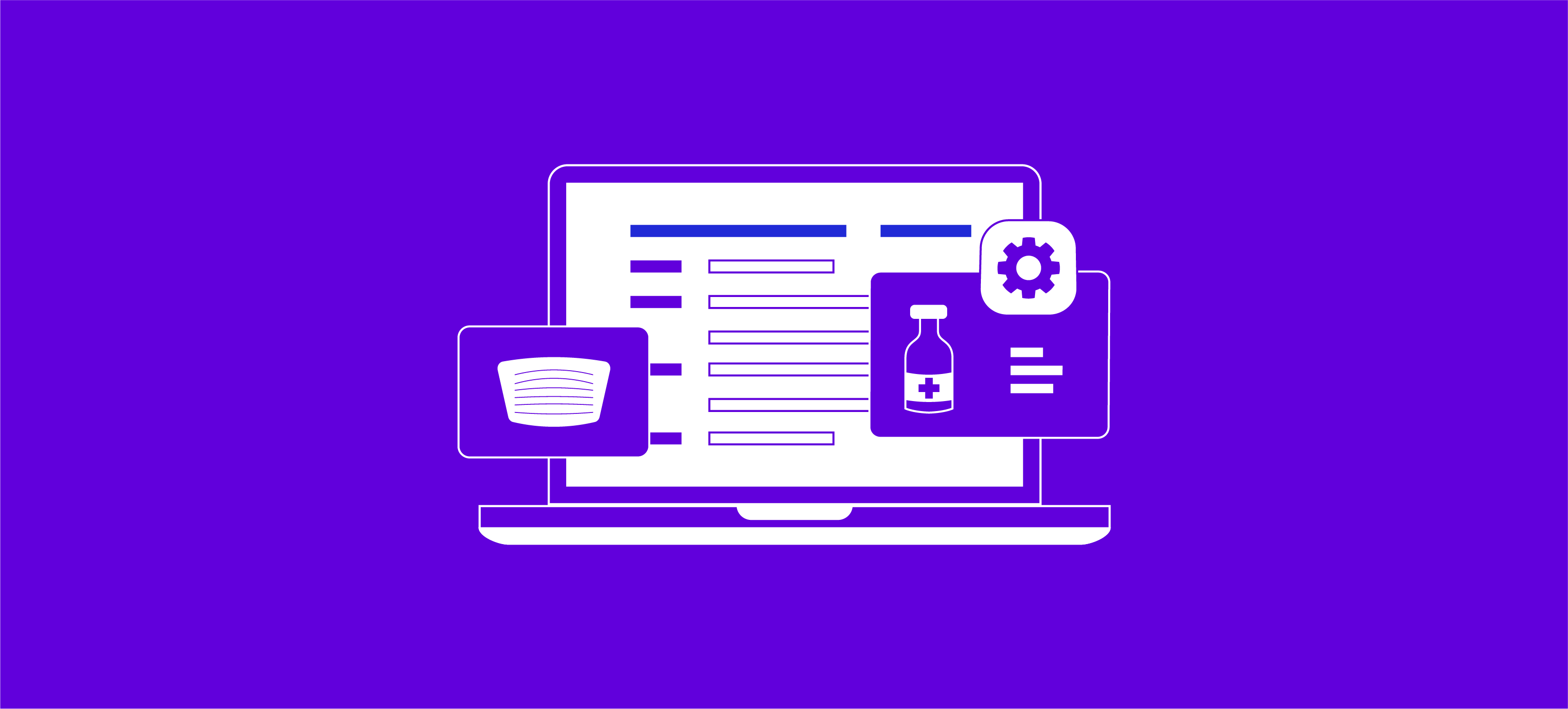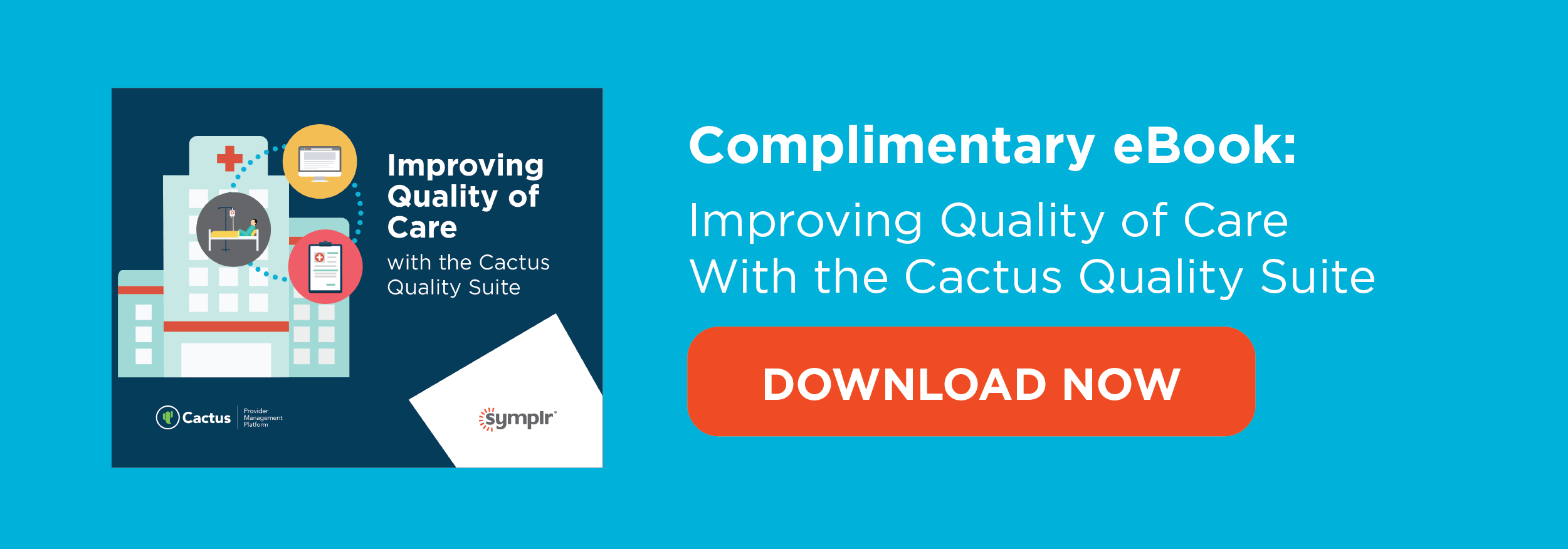How Provider Management Software Allows External and Internal Data to Work Together

As anyone in healthcare knows, trying to access and manage data from multiple sources - both internally and through external third parties - is a constant struggle.
As we mentioned in our earlier post about the challenges of interoperability, the sheer number of data sources that healthcare providers and staff need to access on a given day, combined with a lack of standards for how data should be shared, continues to put a major burden on already limited resources.
While there’s hope on the horizon with a new proposed framework from the Office of the National Coordinator for health Information Technology (ONC), for most healthcare organizations, it’s still a matter of trying to keep too many balls in the air at once.
Of course, it’s more than just simply having the ability to move data around. Compliance standards such as HIPAA and HITECH must always be met.
To help keep these mountains of data in check, most healthcare organizations rely on provider management automation tools like Cactus to parse, store, and provide internal (or external) access to ICD-10 and CPT code databases, privileging status, and patient records while simultaneously managing external information like exclusion databases, licensure, and payor data.
With a suite of integration tool such as Cactus Connect, medical and administrative staff can assemble one single repository for all data, from every source, to ensure that all applications can work together seamlessly.
Let’s take a look at how integration tools within provider management software platforms help external and internal data interact easily.
How Provider Management Software Allows External and Internal Data to Work Together
API Integrations
An application programming interface (API) is a framework built to allow standards to be defined and applications to be developed that move or view data to or from other applications.
Since most applications today depend on cross-platform compatibility, APIs have become an essential component to ensure disparate systems can work together with other programs for a high degree of customization.
For provider management systems, APIs are the main mechanism your system will use to access data from any number of sources such as,
- government and oversight bodies,
- organizations,
- healthcare networks,
- insurance companies, and etc.
Think of them as the central nervous system for your provider management software, allowing data and functionality to flow seamlessly from one organization's network to another.
For that reason, a good provider management system will have numerous APIs available to give you a highly customizable and flexible user experience.
|
Learn More About Improving Outcomes from Medical Data,
|
CAQH Data Access
Your provider management system should be able to access the data compiled and maintained by the Council for Affordable Quality Healthcare (CAQH).
In 2002, this non-profit organization launched the ProView platform, which is used by 1.4 million healthcare providers to access and update massive amounts of health data in realtime. With CAQH integration capabilities, your provider management tool can instantly tap into this vast data reservoir for greater speed and efficiency.
Cross-Platform Data Translation
Different systems tend to format and structure their data differently. Effective information sharing depends on the data you already have being able to easily work with the data you retrieve from other sources.
For example, an insurance company’s profile on a patient may contain information differently than your internal records, which can cause headaches when trying to match and reconcile the two. That’s why provider management systems need to have strong cross-platform data translation capabilities.
There are two key components to this:
- Using a common, structured language format such as XML, or
- By adhering to standardized messaging protocols like HL7.
Ideally, your provider management platform should be able to support these two essential frameworks.
XML
XML is an extension markup language similar to HTML (the common language of websites which browsers can read and display). It allows data to be formatted in pre-defined ways other XML-enabled applications can read.
This ensures consistency across the board so that systems will instantly be able to compare and share data in a way that works for both.
HL7
Health Level 7 (HL7) is an international non-profit organization that establishes and maintains standardized data transfer architecture protocols among healthcare industry stakeholders.
Adhering to these standards helps different systems interact with each others from a technical standpoint, and that their individual computing systems are optimized for data interoperability.
Query and Reporting Capabilities
Finally, your provider management system has to be able to quickly report back to you about any data passing through your healthcare facility, whether it’s your own data or if the data has been accessed from an external source.
It should offer capabilities like real-time dashboards, queries and searches, and customizable reporting, along with consistent interfaces that provide an intuitive user experience.
Provider Management Software Effortlessly Handles Your Internal and External Data
With the right data-handling capabilities such as API integration, access to central healthcare data repositories, and standardized data translation frameworks, your provider management platform will effortlessly manage all of your data, whether it lives in your own internal systems or retrieved from outside.
symplr covers all the angles – from the credentialing, enrollment, and privileging of providers to tracking provider and practice quality to managing vendor and visitor activity in your facility – with advanced solutions, services, and support.
